TALLER DE CUENTO Los personajes y sus roles
13
About :

¿QUÉ ES UN PERSONAJE?
Según su relevancia en la trama los personajes pueden ser:
-Principales o protagonistas
-Secundarios
-Episódicos o incidentales.
Según su evolución en el texto los personajes pueden ser:
Según su competencia para llevar a cabo las acciones que se propone:
Determinación o voluntad para proceder a la acción.
Posibilidad real de llevarla a cabo.
Conocimiento que tiene para llevarla a cabo.
Según la Noción de verdad:Si el actor es lo que parece: responde a la verdad.
Esconde lo que es: identidad oculta.
Parece lo que no es: no responde a la verdad en el texto.
Los personajes según las relaciones entre la gente y el mundo:
-A través de la descripción realizada por el narrador.
-Las acciones y pensamientos del personaje.
-De qué manera se vincula con los otros personajes de la trama.
-Su manera de expresarse y lo que dice.
-Lo que otros personajes dicen de él.
Mieke Bal. Teoría de la narrativa. Una introducción a la narratología.Madrid,Ediciones Cátedra, 2006.
Antonio Cándido, A personagem do romance. En: Antonio Cándido y otros. A personagem de ficcao. Sao Paulo, Ed. Perspectiva, 1981.
O. Belic/F. Vodicka, La estructura de la obra literaria. En:O. Belic/F. Vodicka. El mundo de las letras. Valparaíso, Ediciones Universitarias de Valparaíso, 1971.

WHAT IS A CHARACTER?
EXTERNAL CONFIGURATION: Finite domain, physical description of the character: physical features, clothing, gestures (direct characterization).
PSYCHOLOGICAL CONFIGURATION This configuration is inferred from his behavior in concrete situations and when the character or the narrator expresses his feelings, thoughts. This aspect allows us to observe and explain the motivation of the character's actions, his role in relation to other characters, his inner world (Indirect characterization).
According to their relevance in the plot the characters can be:
-Principal or main characters
-Secondary characters
-Episodic or incidental.
According to their evolution in the text, characters can be:
Round: They undergo changes in the course of the story. They are complex, they surprise the reader.
Flat: They are stable, stereotyped, they do not undergo changes. Typical characters of the classic and costumbrista story: the witch, the priest, the doctor.
According to their competence to carry out the actions proposed:
Determination or will to proceed with the action.
Real possibility of carrying it out.
Knowledge he has to carry it out.
According to the Notion of truth:
If the actor is what he appears to be: he responds to the truth.
He hides what he is: hidden identity.
He seems what he is not: he does not respond to the truth in the text.
The characters according to the relationships between people and the world:
They appear in the text as psychological relations, they correspond to psychic paradigms: the evil one, the good one, etc.
Ideological relations: Changes in the role of the actors within the text may be linked to ideological relations: telling the truth or hiding it, acting honestly or dishonestly, defending values such as freedom, democracy, justice.
Social variables that can determine the characters: sex, age, social class, educational level, occupation, vices and virtues, place or environment to which he/she belongs, in what situation he/she is at the time of the events narrated.
How does a narrative allow us to configure the profile of a character?
-Through the description made by the narrator.
-The actions and thoughts of the character.
-The way he/she is linked to the other characters in the plot.
-The way he expresses himself and what he says.
-What other characters say about him.
His opposition to other characters (usually by contrast): Bravery versus cowardice or vice versa; honesty or faithfulness versus betrayal; kindness versus cruelty or greed.
REFERENTIAL FRAMES: The reader's or audience's expectations of the character are constructed according to previous references based on known people and characters. Referential characters, such as historical, mythical, legendary or popular characters, must be configured according to their already known traits. A St. Nicholas who would harm children, or a cowardly superhero or a shaggy and ugly barbie is not plausible. Parody, generally, plays with stereotypes and breaks them. But usually the breaking of collective referential frames can put at stake the verisimilitude of the story. On the other hand, when configuring a character, any mention of identity contains information that limits other possibilities: A young, unmarried woman behaves in a certain way. If a character is attractive and rich, he will not act the same as one who is poor and ugly. A soldier will probably die on the front lines or be described within the scope of military discipline.
I hope you find this post useful. If you have any questions please leave them in the comments. Thank you for reading.
To compile this post I have consulted the following books:
Mieke Bal. Teoría de la narrativa. Una introducción a la narratología.Madrid,Ediciones Cátedra, 2006.
Antonio Cándido, A personagem do romance. En: Antonio Cándido y otros. A personagem de ficcao. Sao Paulo, Ed. Perspectiva, 1981.
O. Belic/F. Vodicka, La estructura de la obra literaria. En:O. Belic/F. Vodicka. El mundo de las letras. Valparaíso, Ediciones Universitarias de Valparaíso, 1971.
Translation to english by Deepl.com

Tags :
Their limit for today is $0!
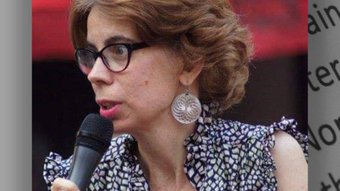

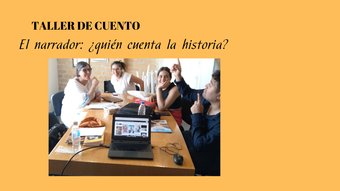








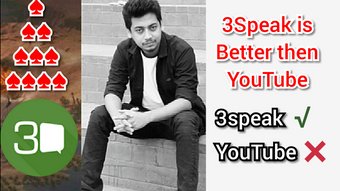
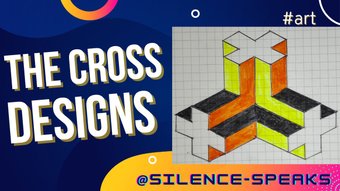




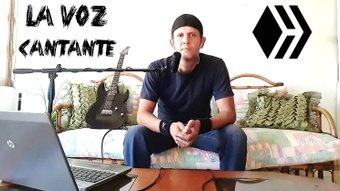



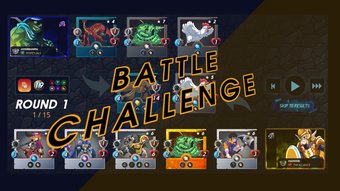







Comments:
Reply:
To comment on this video please connect a HIVE account to your profile: Connect HIVE Account